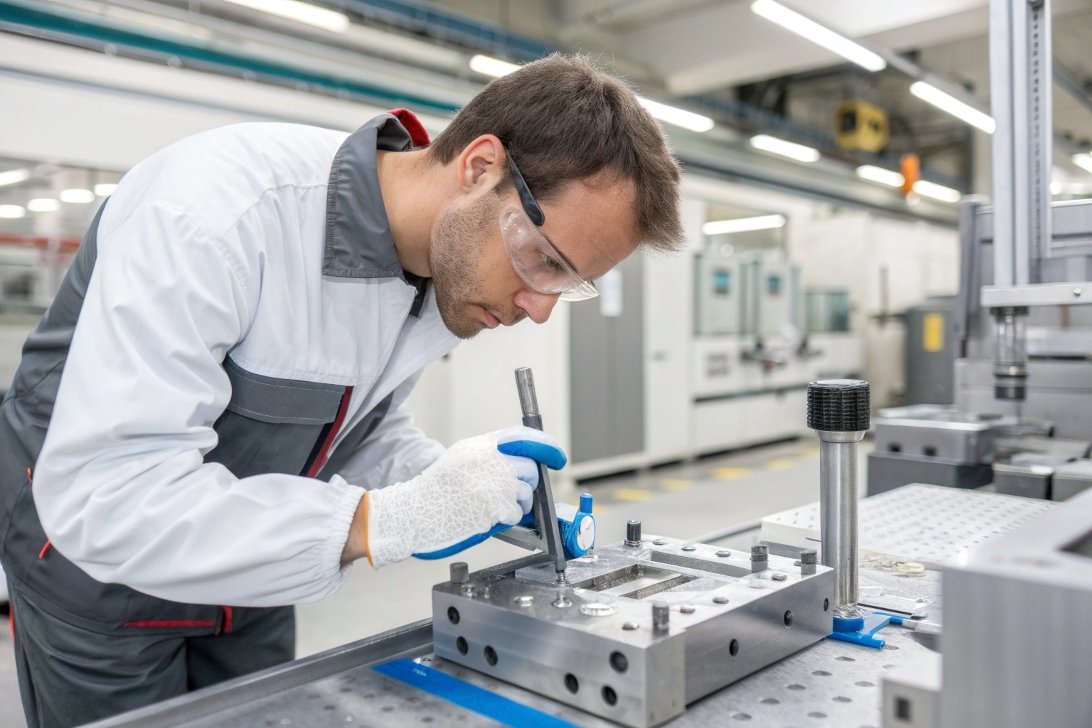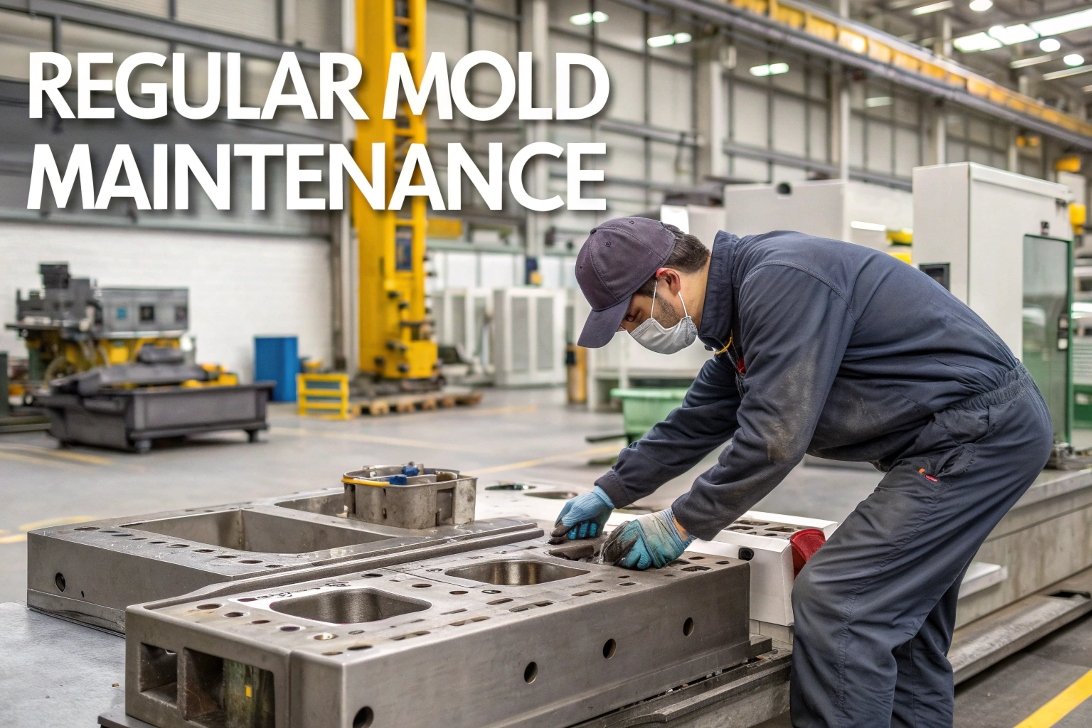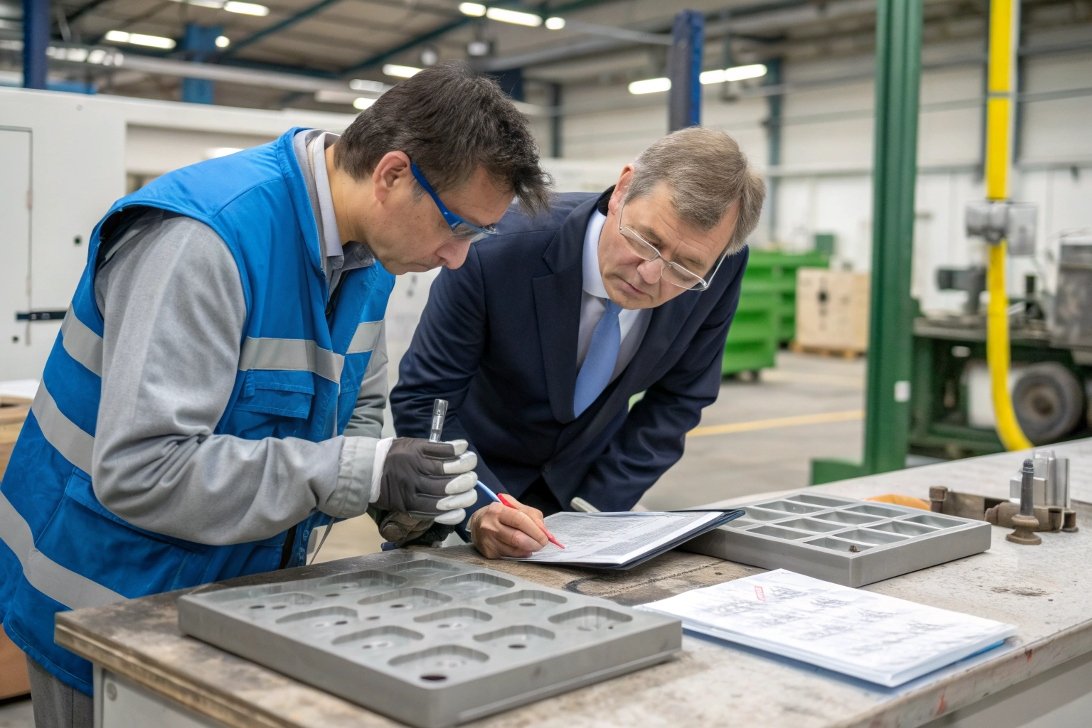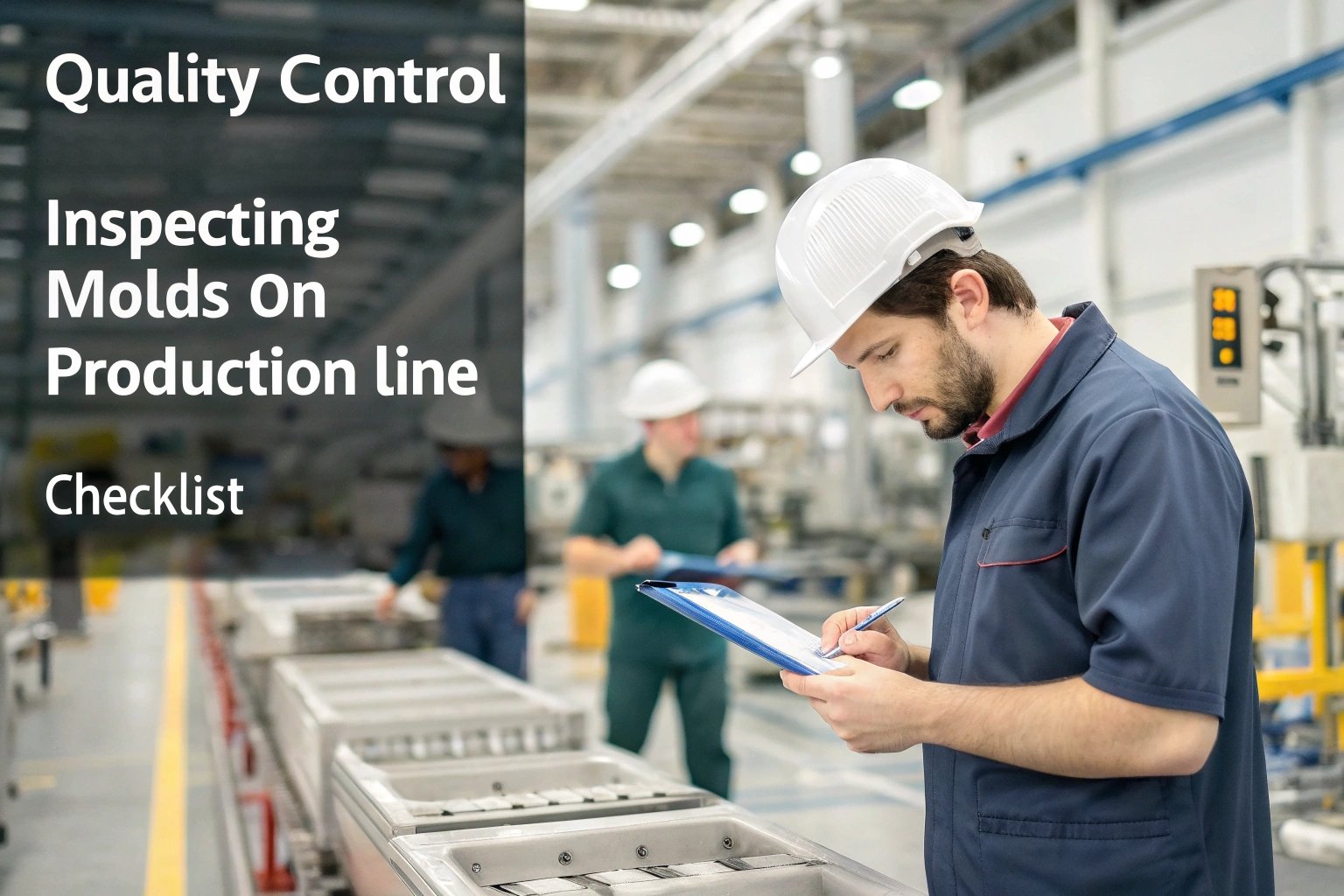
Mold creation plays a critical role in the production of custom parts. When done right, it ensures that each part produced is identical in shape, size, and functionality. However, ensuring consistency in mold creation can be challenging. Over the years, I’ve learned that maintaining consistency requires strict control over the mold creation process, clear communication with suppliers, and standardization of best practices. So, how can you guarantee consistent mold creation for your custom parts?
Ensuring consistency in mold creation requires attention to detail, collaboration with your supplier, and a standardized approach to the entire process. By implementing best practices and maintaining quality checks, you can achieve reliable and high-quality results every time.
Let’s explore how to guarantee the consistency of mold creation1 in custom parts manufacturing.
What Are the Best Practices for Ensuring Consistency in Mold Creation?

Consistency in mold creation starts with setting clear expectations and following industry best practices. By adhering to these practices, you ensure that each mold is crafted to the same high standards, which is crucial for producing parts with uniform quality.
Best Practices for Mold Creation Consistency
| Best Practice | How It Ensures Consistency |
|---|---|
| Use High-Quality Materials | Starting with high-quality materials2 ensures that the molds are durable, precise, and resistant to wear, resulting in consistent outputs. |
| Precision in Design | Accurate and well-detailed mold designs reduce the chances of variations, ensuring that the mold performs consistently throughout its lifecycle. |
| Regular Mold Maintenance | Mold wear and tear can lead to inconsistencies. Regular maintenance, including cleaning and repairs, keeps molds in optimal condition for consistent results. |
| Temperature Control | Controlling the temperature during the molding process prevents material variations, which can affect the final product’s quality. |
| Process Standardization | Standardized processes for mold creation minimize human error, improve repeatability, and ensure that every batch of parts is made to the same specifications. |
| Detailed Inspection and Testing | Thorough inspection at various stages—before, during, and after molding—identifies inconsistencies early, preventing defects from reaching the final product. |
My Experience with Mold Consistency
In one of my previous projects, we were making a highly intricate part where mold accuracy was essential. By following the best practices above—using quality materials, performing regular inspections, and controlling the molding temperature—we were able to achieve consistent parts across all production batches. This not only improved the quality of our parts but also helped us avoid costly rework and delays.
How Can You Work with Your Supplier to Maintain Mold Creation Quality?

Strong supplier relationships are key to maintaining the quality and consistency of the mold creation process. By working closely with your supplier, you can ensure that they adhere to your quality standards and take proactive steps to manage any issues that arise.
Ways to Collaborate with Your Supplier for Mold Quality
| Strategy | How It Helps Maintain Mold Quality |
|---|---|
| Set Clear Expectations | Define your quality requirements and communicate them clearly from the start, so the supplier understands your standards for mold creation. |
| Establish Regular Communication | Frequent check-ins and status updates help address any concerns or deviations early on, ensuring that the mold creation process stays on track. |
| Conduct Joint Inspections | Work together on quality inspections, especially for the first few prototypes, to ensure that the molds meet specifications before full-scale production begins. |
| Provide Feedback on Mold Performance | If issues with the mold arise during production, providing constructive feedback helps your supplier understand where improvements are needed, ensuring future molds meet quality standards. |
| Request Regular Reports and Data | Asking for reports on mold creation, wear, and production efficiency helps you track consistency over time, identifying any inconsistencies or areas for improvement. |
My Approach to Working with Suppliers
I’ve learned that the best way to ensure mold quality is through open and continuous communication with the supplier. For one of my recent projects, we implemented regular quality checks and shared our feedback directly with the supplier. This close collaboration allowed us to refine the molds throughout the production process and ensure the end parts met our high standards.
Why Is It Essential to Standardize Mold Creation Processes for Consistent Results?

Standardization is a crucial element in maintaining consistency in mold creation. Without it, variations in production can lead to significant differences in the quality of parts produced. By standardizing processes, you ensure that every mold created follows the same guidelines and procedures, leading to predictable, high-quality results.
Benefits of Standardizing Mold Creation Processes
| Benefit | How It Ensures Consistency |
|---|---|
| Improved Repeatability | Standardization ensures that every mold is made according to the same specifications, reducing the chance of errors or inconsistencies. |
| Increased Efficiency | Well-defined processes make it easier to manage production, reducing variability and time spent troubleshooting issues. |
| Better Quality Control | Standardized steps allow for easier identification of issues during production, making quality control more effective. |
| Easier Troubleshooting | With clear, documented processes, you can pinpoint where errors are occurring in the mold creation process, making it easier to fix issues quickly. |
| Cost Savings | Standardized processes reduce waste and inefficiency, ensuring that the molds are created correctly the first time, saving both time and money. |
My Thoughts on Standardization
From my experience, standardization in mold creation has been key to maintaining consistency. In one project where we standardized the entire mold-making process—from initial design to post-production inspections—we saw a marked improvement in both the speed and accuracy of mold production. This approach minimized human error and made scaling up production much smoother.
Conclusion
Ensuring consistency in mold creation for custom parts requires a combination of best practices, supplier collaboration, and process standardization. By following these strategies, you can ensure that your molds are produced with high precision and maintain quality over time. In my experience, having a proactive approach to quality control and working closely with suppliers is essential to achieving consistently excellent results in custom manufacturing.

